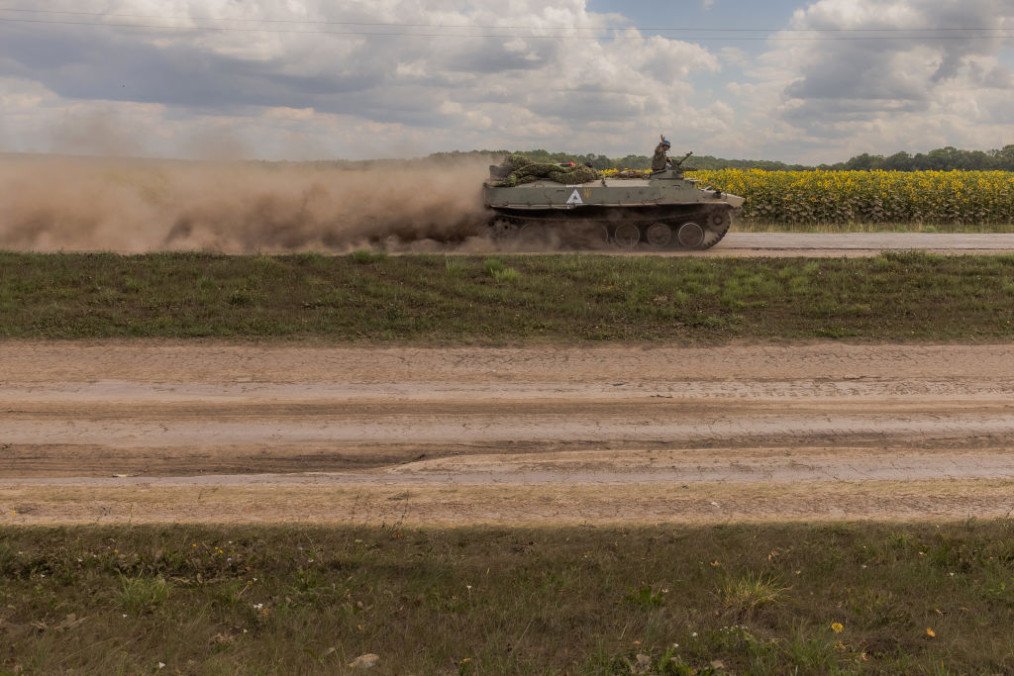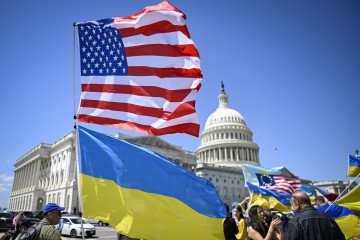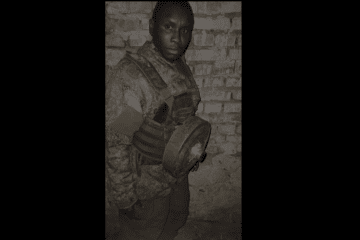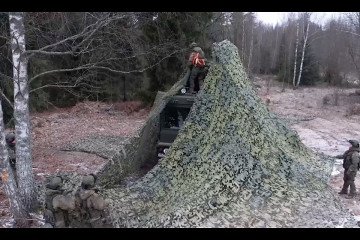For the first time since World War II, Ukraine is engaging in military operations outside its own territory. According to Commander-in-Chief of the Armed Forces of Ukraine Oleksandr Syrskyi, the Ukrainian Armed Forces currently control 74 settlements in the Kursk Region of Russia, covering an area of approximately 1000 square kilometers.
In response, Russian ombudsman Tetyana Moskalkova has lodged a complaint with the UN Human Rights Council, accusing Ukraine of terrorism and human rights violations.
Nataliya Handel, a researcher at the Geneva Academy of International Humanitarian Law and Human Rights, addresses concerns over how can the Ukrainian military ensure compliance with international law.
Are Ukraine’s actions in the Kursk Region considered terrorism?
Ukraine’s actions are not classified as terrorism. They are legally justified under international law. Following Russia’s full-scale invasion in February 2022, Ukraine is entitled to self-defense under Article 51 of the UN Charter. This right extends to protecting its population and territory from Russian aggression, including defensive operations on the aggressor’s soil. According to Handel, international law allows a defending state to conduct military operations on the aggressor’s territory. “Russia should have anticipated these consequences,” she asserts.
Is Ukraine responsible for human rights violations in the Kursk Region?
As of now, Ukraine is not deemed responsible for human rights violations in this context. The European Court of Human Rights clarified this in the 2021 case of “Georgia v. Russia,” where it determined that human rights obligations under the Convention do not apply during active hostilities. Ukraine must adhere to human rights standards only when it establishes comprehensive control over a territory. Even if Ukrainian forces display national symbols in some Russian settlements, this does not equate to full control. Handel explains that control involves the establishment of governance structures and public services. At present, Ukraine’s presence is considered tactical, not administrative.
Heorhii Tykhyi, spokesperson for the Ministry of Foreign Affairs of Ukraine, stated during a press conference on August 13: “The Ukrainian Armed Forces are a civilized European military force that fully adheres to the laws and customs of warfare and international humanitarian law. The goal of the Ukrainian Armed Forces is solely military targets and military contingents.”
Does this mean there is complete anarchy during hostilities?
The situation can be described as a “buffer zone.” Until full control is established, international humanitarian law, including the Hague and Geneva Conventions and their protocols, remains in effect. This framework governs the conduct of hostilities and protects civilian life and property.
What actions might the UN Human Rights Council take regarding Moskalkova’s statement?
The UN High Commissioner for Human Rights has requested Moscow to grant access to the Kursk Region to verify Moskalkova’s claims. However, Russia has consistently denied access to UN officials for fact-finding missions in occupied territories, as seen with the investigation into the July 29, 2022, explosion at the Olenivka penal colony, which housed Ukrainian prisoners of war. The UN’s fact-finding mission into this incident was discontinued after five months.
How should Ukrainian military personnel conduct themselves in Russia to avoid violating international law?
Ukrainian military personnel must adhere to the same standards expected of Russian forces. This includes minimizing civilian casualties and damage to civilian infrastructure, protecting cultural sites, and following international conventions regarding the treatment of prisoners of war. They should also limit damage to regional energy infrastructure and facilitate the evacuation of civilians to safety. These measures ensure compliance with international humanitarian principles and the law of war.
What is Ukraine’s objective in the Kursk Region offensive?
The purpose of the Ukrainian Defense Forces offensive in the Kursk region of the Russian Federation is to protect its citizens and territories from Russian attacks.
“Unlike Russia, Ukraine does not seek to seize the territories of other states,” Tykhyi stated at the press conference on August 13.
He pointed out that since the beginning of the summer, more than 2,000 strikes have been launched from the territory of the Kursk Region against, targetting the Sumy Region of Ukraine.
“Therefore, the Armed Forces of Ukraine liberate these border areas from Russian military contingents that strike at Ukraine or cover up terror against Ukrainians. We are achieving these goals in the Kursk region. We will continue to do so as necessary for the security and defense of Ukraine,” the spokesman of the Ministry of Foreign Affairs stated.
He added that the military operation in the Kursk region helps the frontline by preventing Russia from moving additional units to the Donetsk Region and complicating its military logistics.
Previously, President Volodymyr Zelenskyy stated that as part of the Kursk operation, hundreds of Russian soldiers surrendered to Ukrainian forces.
-ba02b3bc86f0b624f99115809a6a34d0.jpg)


-111f0e5095e02c02446ffed57bfb0ab1.jpeg)



-72b63a4e0c8c475ad81fe3eed3f63729.jpeg)